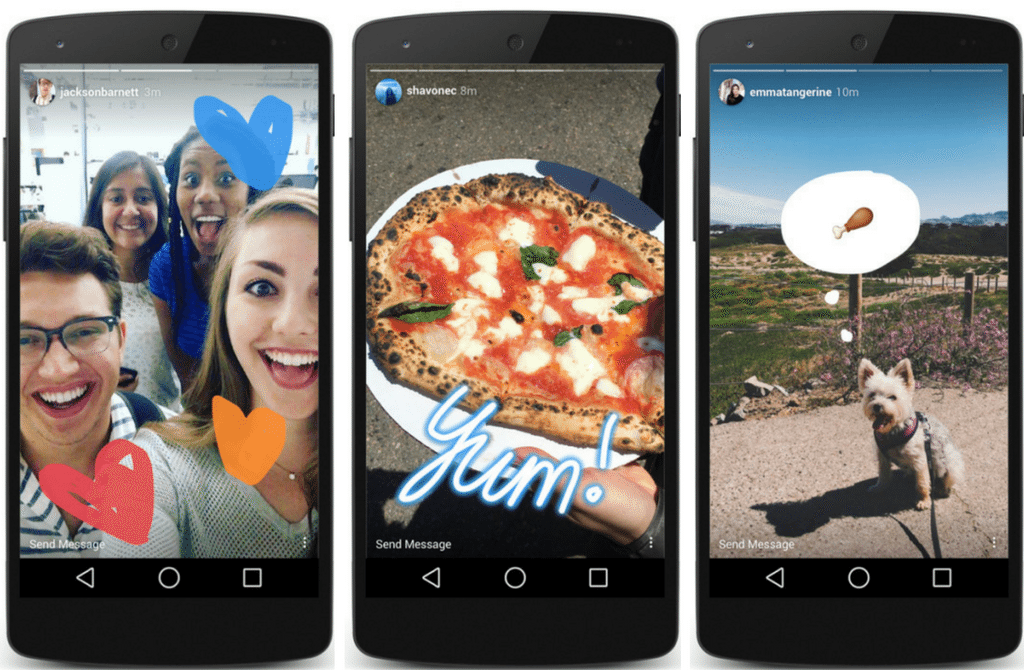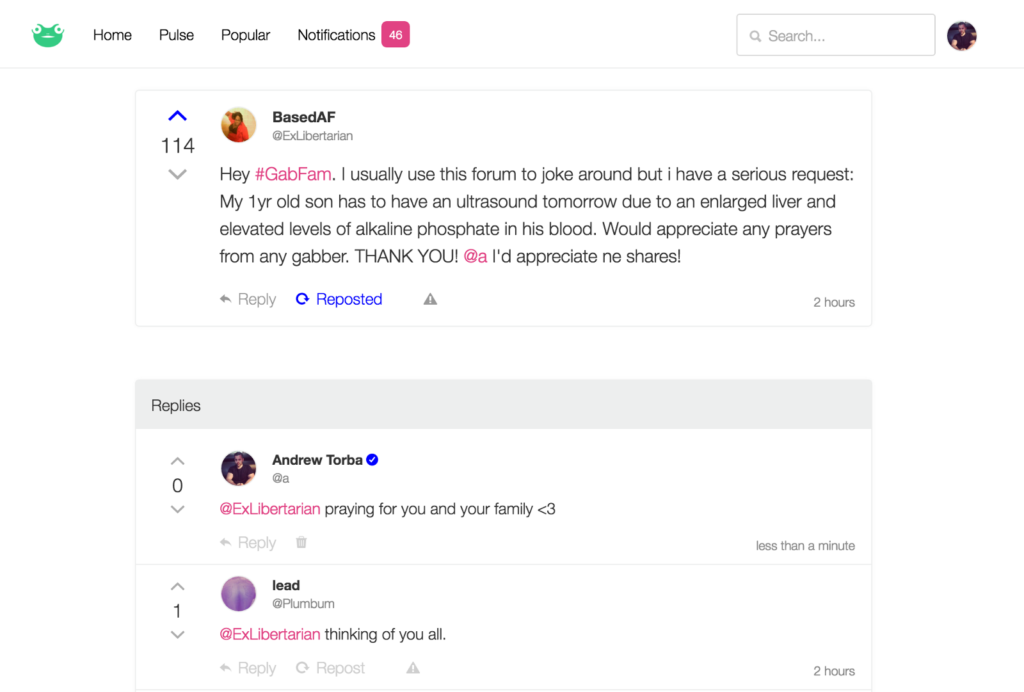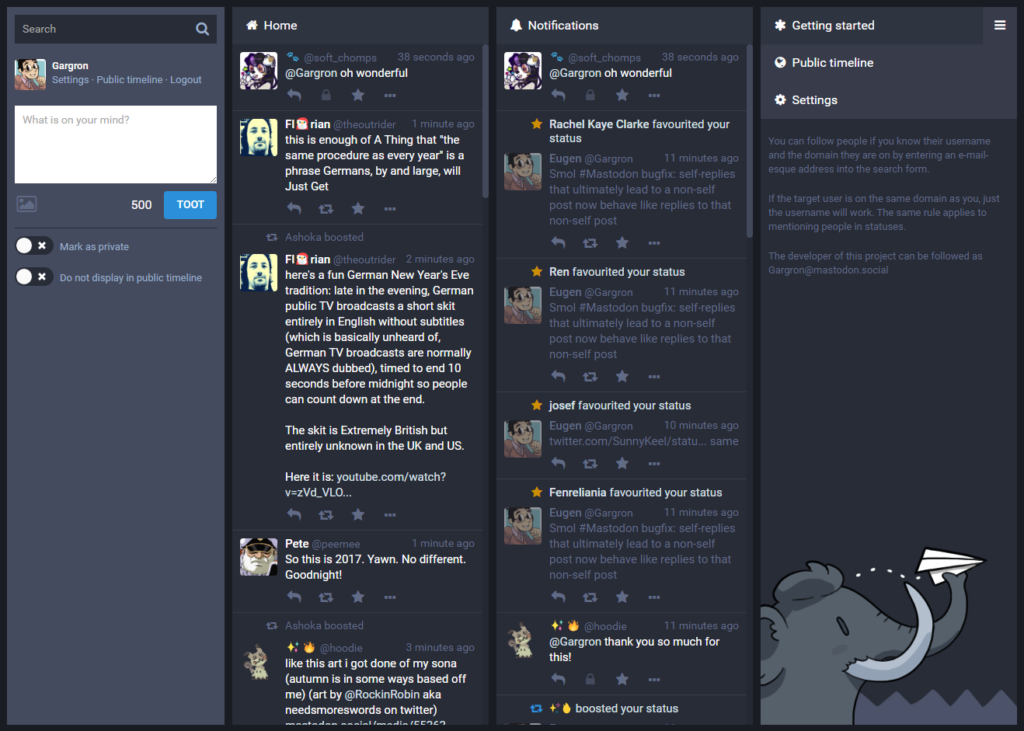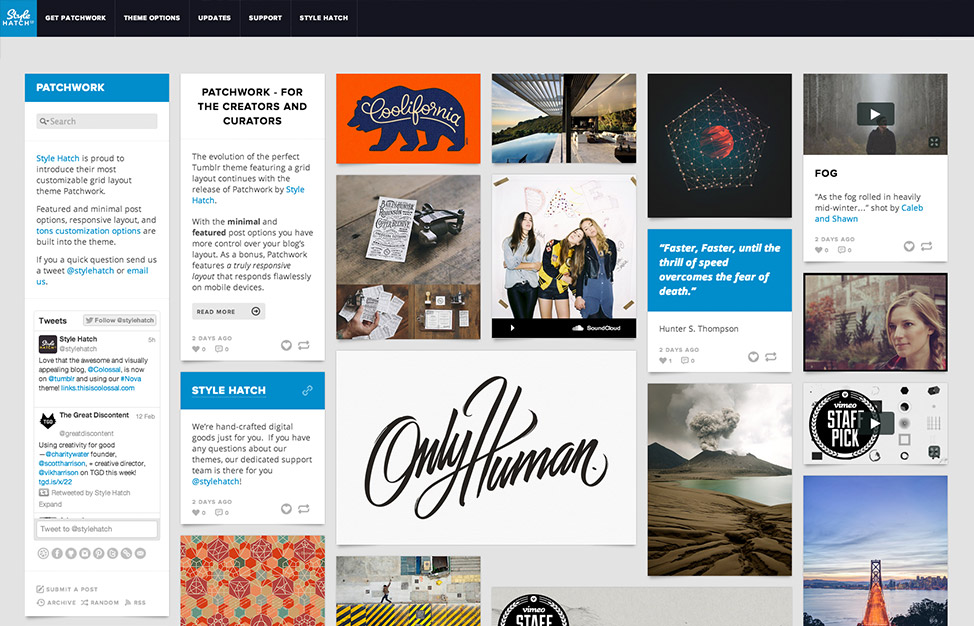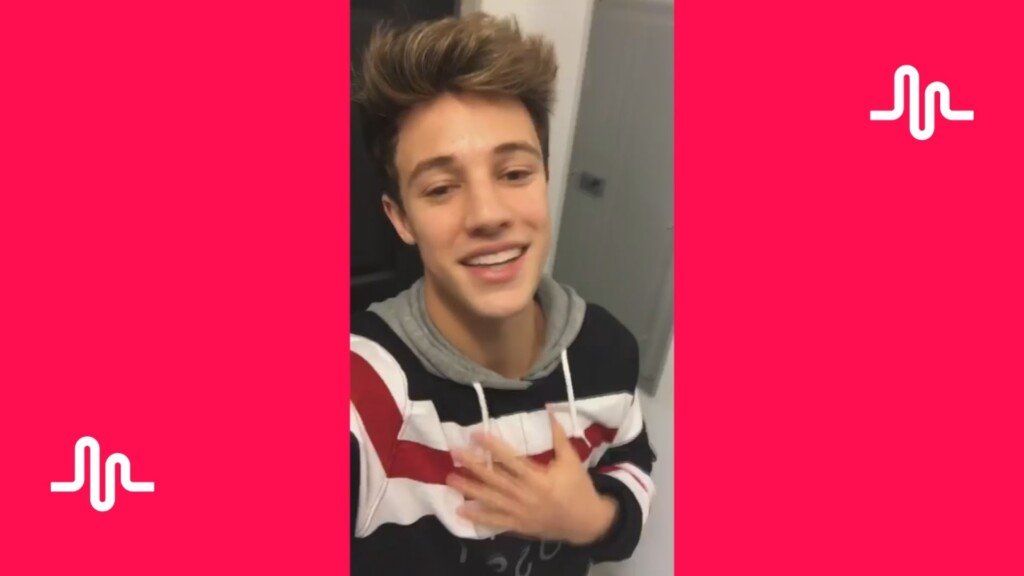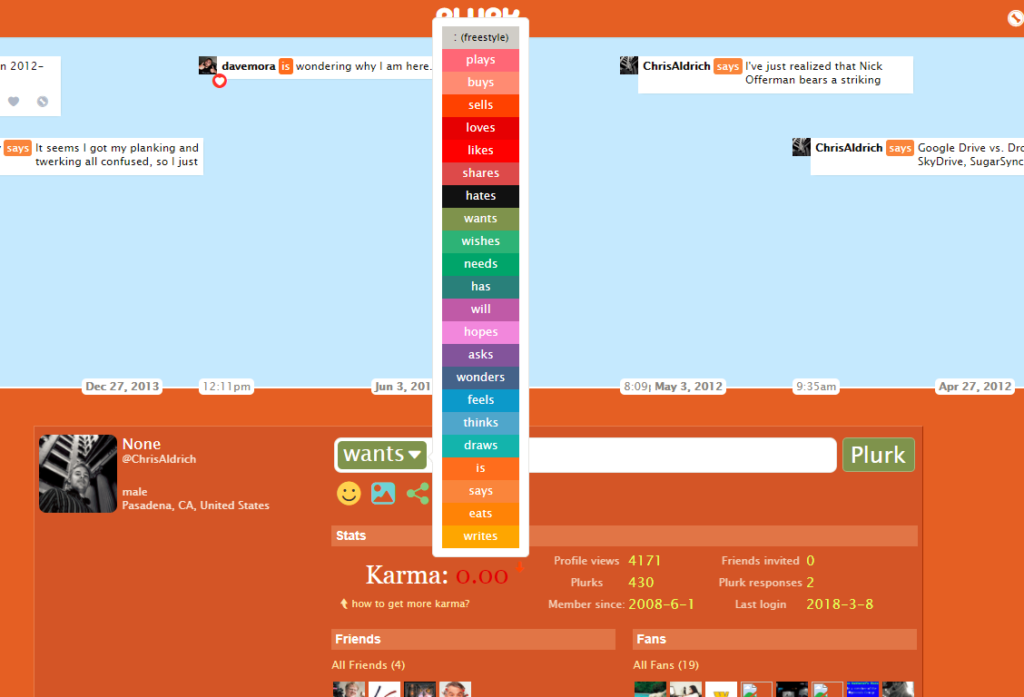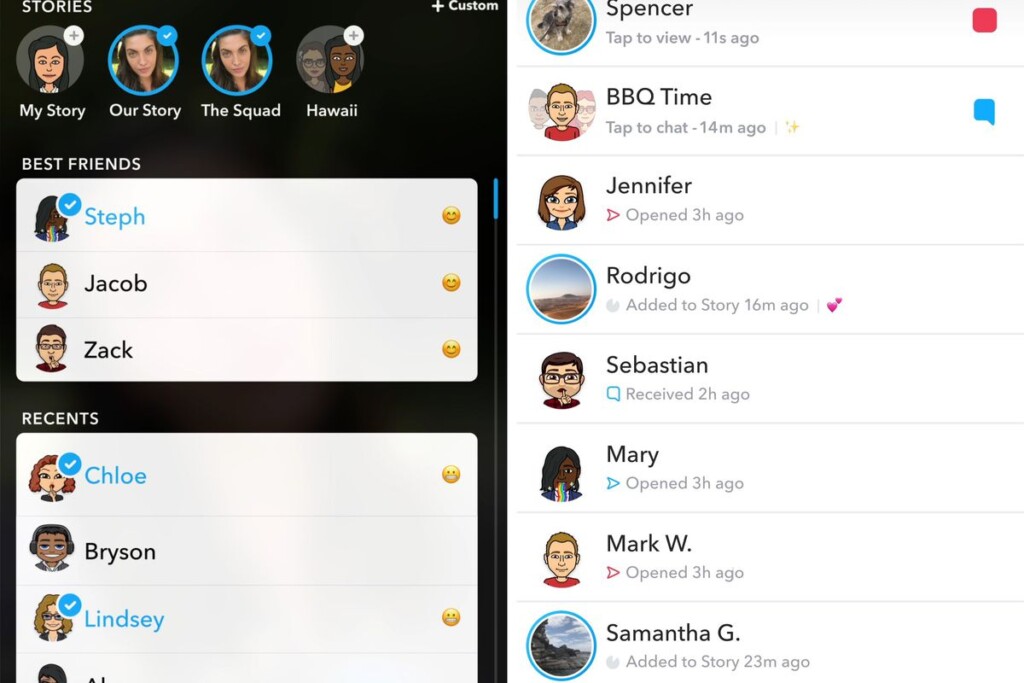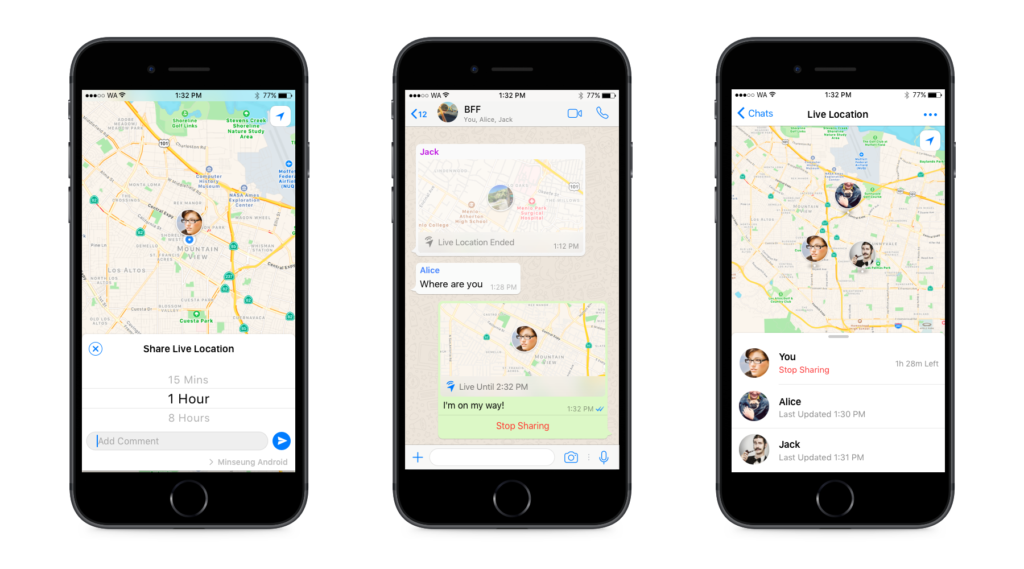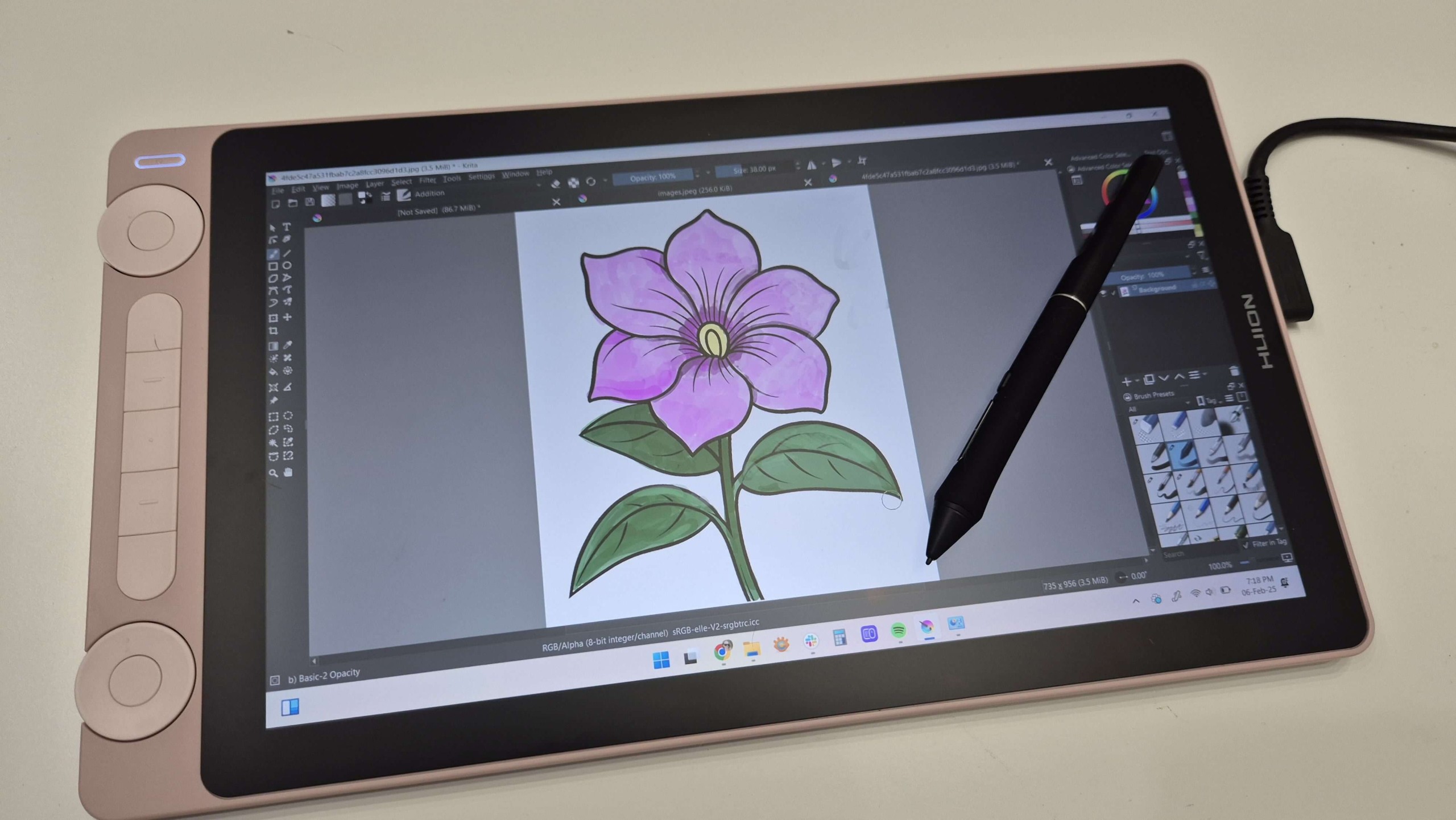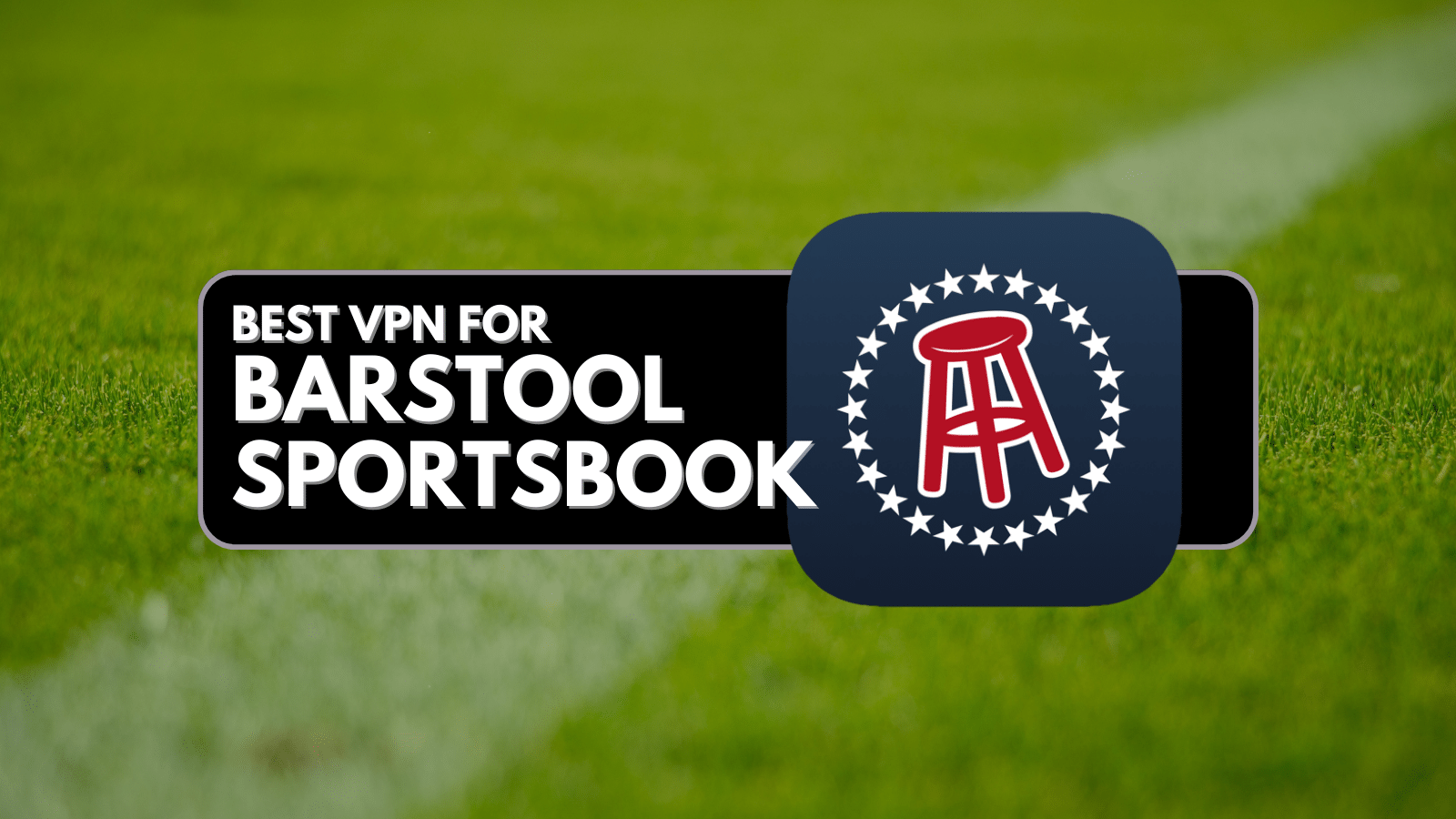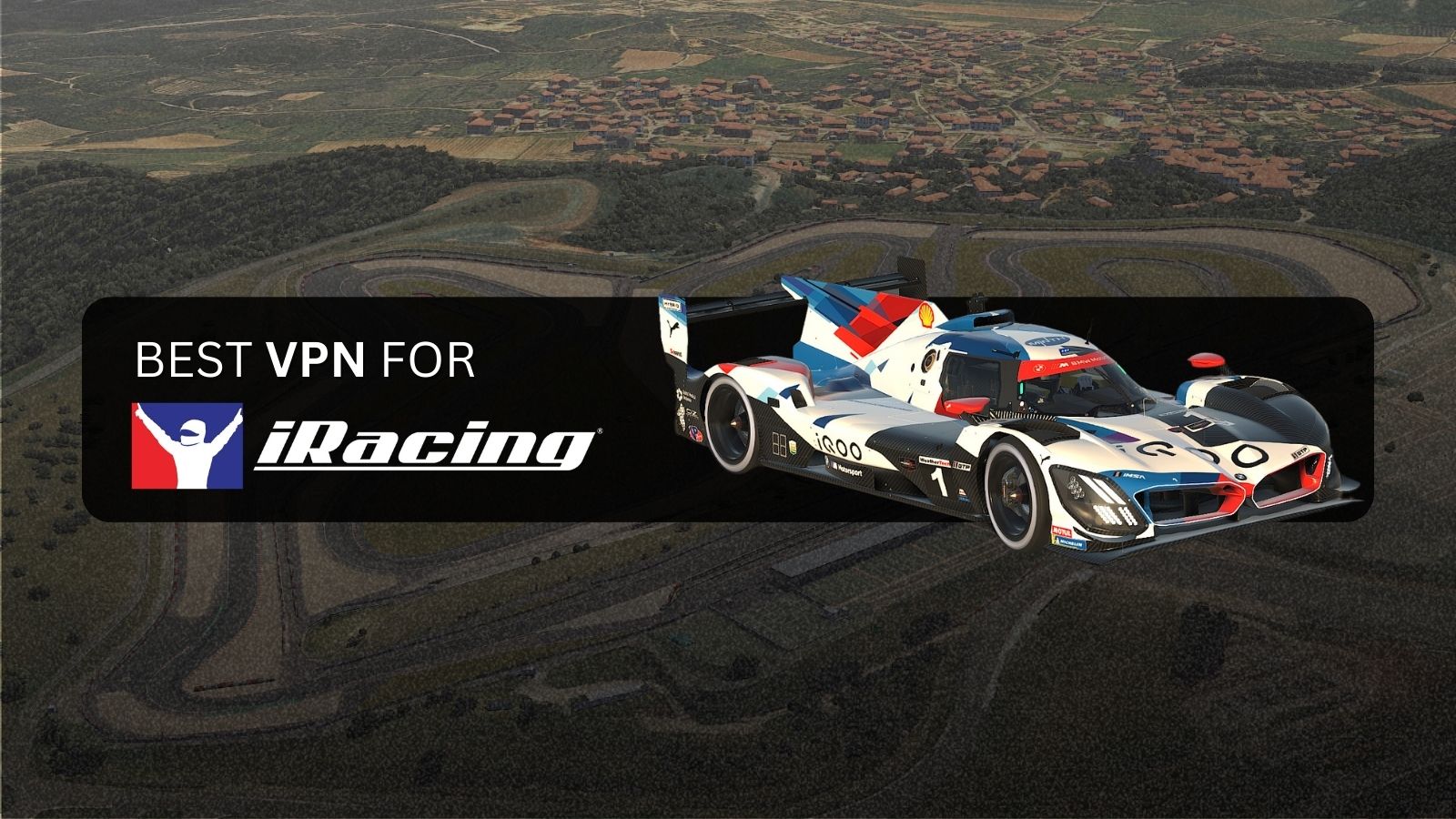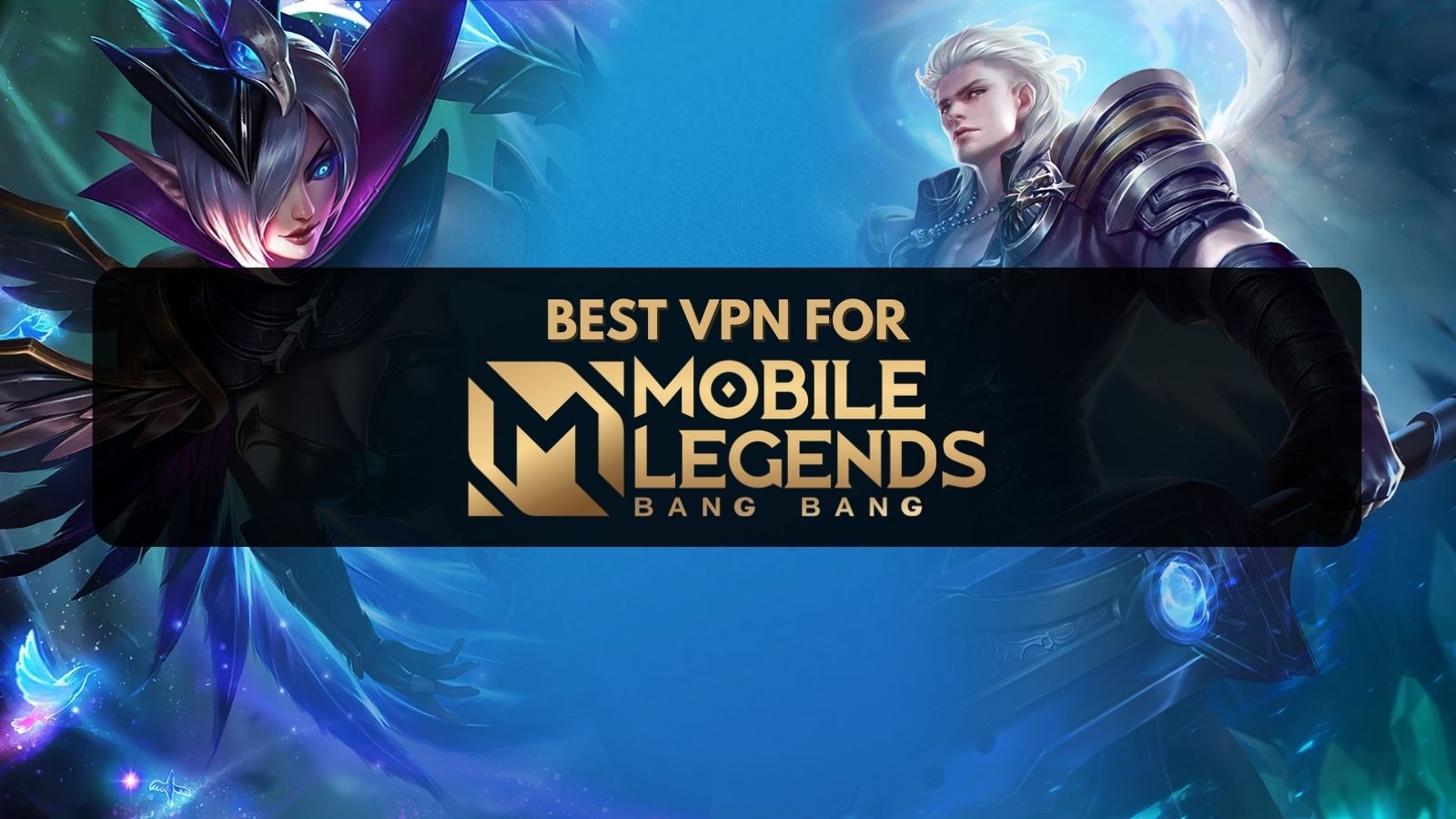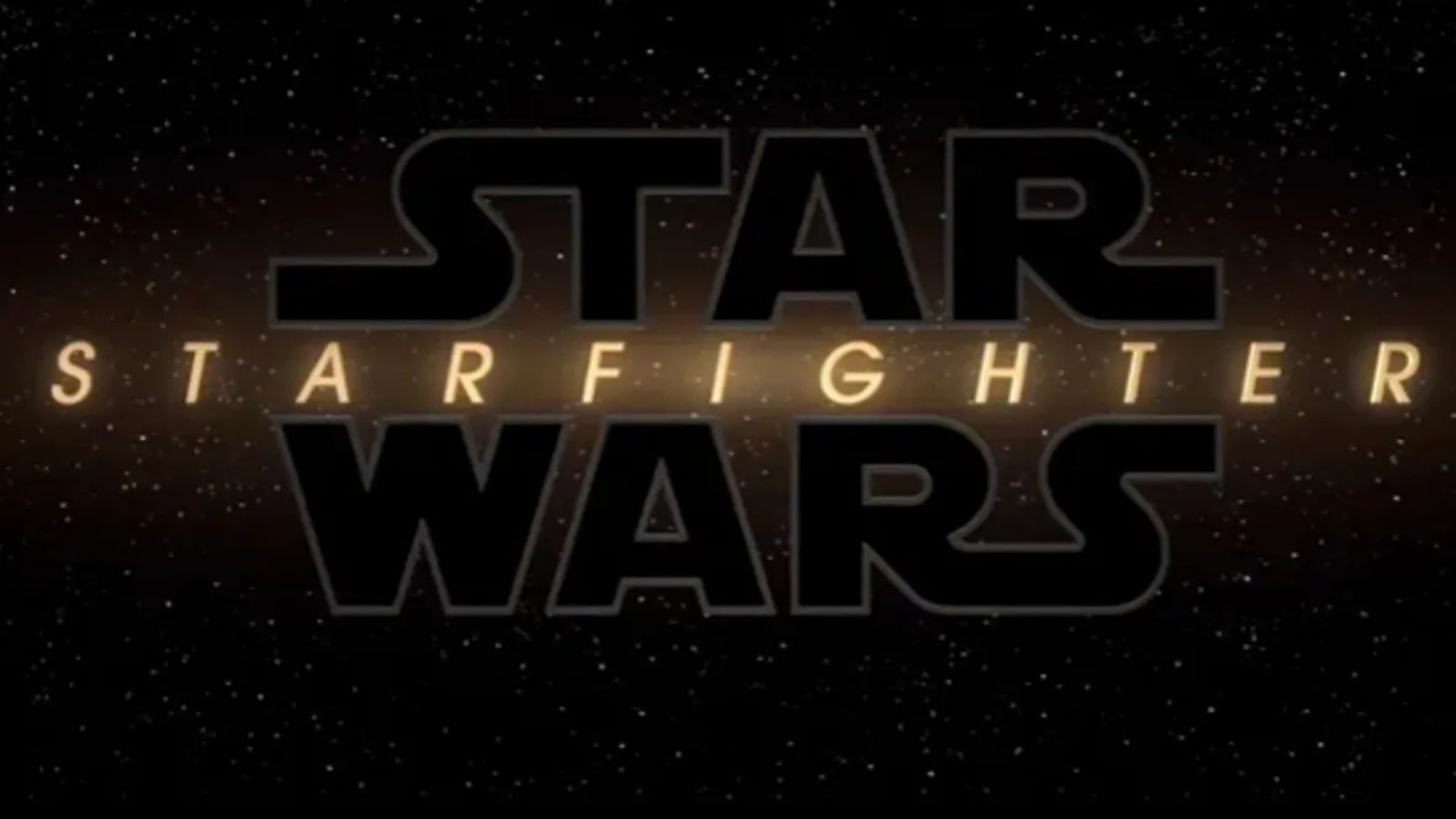
Twitter Alternatives 2018: 8 Social Media Platforms after Twitter’s Death
Twitter that started as the fastest growing microblogging platform almost about a decade ago seems to be dying with its lack of innovation and senseless censorship. Looking at the current stats, Twitter’s active users have been reduced to 330 million worldwide. The platform is struggling to keep its users interested. Over the past few years, it has introduced GIF and Video support, and other exciting features which were too late to introduce to Social Media. Twitter in current form seems to have no life, except for some tweets from Beyonce and Trump. It started from being an ordinary man’s social platform to a network where people sign up to read what their favorite celebrities are tweeting, and it is failing in that too, as all the celebrities are moving to better-structured platforms like Instagram. This has pushed the bluebird away from our lives and left us with no choice but to look for Twitter alternatives.
Twitter also suffers from bad publicity as extremists had consistently used it for political persuasions, and no, we are not talking about just Trump. There are trolls, religious groups, terrorists, criminals and other tons of accounts that are being used for public manipulation. There are celebrities who are stuck with millions of followers and nowhere else to go. Twitter has become a mess with a handful of active celebrities and politicians, and if you too are looking for a Twitter alternative where you can engage in positive ideas and conversations, share media files with friends and families, this list might be of some help. Here is a quick rundown.
1. Instagram
Instagram currently has over 1 billion followers, and there aren’t many platforms which have surpassed this milestone. Addition to that, Beyonce and Donald Trump are already on it, and if you need other reasons to join this mobile-media-sharing social platform, it has plenty.
Instagram was launched back in 2010 to accommodate the photo sharing maniacs on the internet. It has set the trend to share beautiful personal and professional photos on the internet and build a following around it. What launched as a simple application to attach relatively low-resolution images has today become the platform of choice for capitalizing, branding and advertising by optimizing photo posts.
Unlike Twitter, Instagram doesn’t have a word limit on its posts, although the users insist that there is a cap after 2,200 characters, which is relatively long anyway. Instagram allows three types of posts: picture, video, and GIF. It also features hashtags and allows up to 30 hashtags on a single post. There is a Direct Message facility to send texts, photos, videos, GIFs and stickers to anyone on the platform, even Beyonce. Addition to that, it has Stories, which is a status update with photos and videos with 24 hours of life, after which they are automatically deleted.
Instagram uses ads as one of the main sources of monetization, which displays promotional posts between regular posts. The Stories feature has been monetized too. It also has ‘Shop Now’ feature that redirects the users straight to the online stores. The App is available for both iOS and Android but doesn’t have a featured website, because it’s 2018 and it is fine to be a mobile-only platform.
2. Gab.ai
Gab has started with a distinctive motive of promoting free speech, and still successfully manages to escape the rightist policies that rule the other social media networks. This is represented by its Pepe frog logo. The CEO of Gab, Andrew Torba aptly describes it as the ‘left-leaning Big social monopoly.’ Being a complete free speech platform has put Gab in a unique position, and also in troubles.
In 2016 Apple banned gab’s mobile app on its Appstore for promoting explicit adult content. This was followed by Play Store in 2017, which banned the app for violating hate speech guidelines of Google. Google further noted during its ban that the platform failed in demonstrating a minimum required level of moderation and encouraged violence. Despite all this, Gab still shelters people who are easy on hate speech and non-art nudity. That said, you’ll have to search for things that could offend you on Gab dedicatedly, or else, it is chiefly stuffed with pop culture art, memes, and fair discussions on a variety of topics. And even if you find something that’s offensive to you, like a discussion on online anonymity, you can use the scroll button and explore some memes on Trump.
Gab is ad-free, although the popular posts on the platform earn reasonable money. With its 300-character status updates and blue-white interface, the site feels merely like a child of father Facebook and mother Twitter. But does Gab want to be like its parents? Apparently not.
3. Mastodon
If Gab doesn’t taste like your cup of coffee with its conservative undertoned discussion on alt-right topics, Mastodon could be your next social networking home. It is an open source Twitter alternative where you have complete control over your news feed and conversations. Since it is an open source platform, it gives you the freedom to set up your own little social media platform based on your set of interests.
‘Mastodon isn’t one place and one set of rules,’ it states in their official website. It is unique as it can be used as individual instances, which are specialized versions of the platform themed by the topics of user’s interests. However, you’d need your own server for running your social media platform—whose method is widely available on the internet. Businesses and advertisers can take advantage of this and create their own social media platform on their own infrastructure. And since it is your own social media, you make your own rules.
Addition to all that awesomeness, it also has effective anti-abuse tools to save its users. Since there are small interconnected communities, there are more moderators whom you can approach in any kind of threatening situation. Yes! It’s a safe, cozy place.
4. Tumblr
Tumblr is an old player, and there isn’t much difference between its age and Twitter’ age. Currently, it is hosting more than 400 million microblogs, which chiefly shares visual content. Because of this, Tumblr is another huge platform to place your creation and build an audience.
Unlike Twitter, Tumblr does not really have any hard restrictions on the users, apart from some policies preventing self-harm and suicide. A platform is an excellent place for businesses and advertisers for its visual nature. It supports photos, GIFs, Videos, audios, chats, quotes, links and everything that you can create with them as long as you do not violate its guidelines. Tumblr also provides needful tools to create interactive content that you can use for online promotion of a brand. It also features an integration with Google Analytics to track your posts’ performance.
In short, Tumblr has made blogging easier for an average user and didn’t require any design or tech help to excel. Its app is available on both Android and iOS and works like magic.
5. Musical.ly
Musical.ly isn’t for adults, at least that’s what the main media would tell you. The platform targets 13-18 years old, although there has been a consistent debate if an app like Musical.ly is appropriate for that age group or not. However, Musical.ly, despite its target age group, provides a very functional social media platform. It has its own powerful artistic expression, which is both unique and sticky viral in nature.
No matter which Twitter alternative you use; you would see the growing influence of Musical.ly on other platforms. Muical.ly allows you to use famous audio cues from the platform to record a video performance. After you record the video, you are given plenty of filters and effects to add upon it. It then gives you an ability to share between the other social media platforms. After you publish your performance, it goes out in the public thread. This might raise an arrow or two for its lousy privacy, but Musical.ly have its privacy policy in place, fortunately. You can quickly change the privacy setting and select who can see your posts.
6. Plurk
Plurk is an old social media player, and the platform has been successfully engaging people for more than a decade now. However, the majority of its users are from Taiwan, where other major social media platforms are banned. The service is very similar to Twitter and has upgraded the number of its staus characters to 360.
Plurk allows you to design your own profile and customize it as per your taste and it does a fair job at keeping it simple. ‘Plurk’ word itself stands for many interpretations. Some websites define it as the combination of playing and lurking; others say it is an acronym for Peace, Love, Unity, Respect, and Karma. Either way, it’s a catchy work.
Emoticons are one of the main ways to interact with your friends and followers on the platform. The number of emoticons on your profile increases with your involvement, which it calls ‘Karma.’ Plurk also has mainstream features like Direct and group messaging. It is a very indistinguishable platform compared to Twitter but, it’s a happy, colorful place.
7. Snapchat
Snapchat is a social media platform that shares photos and videos between users in many creative forms. Many businesses have started to produce original content for the platform to reach an audience using a personal approach. Snapchat is engaging and helps you connect with your friends, family, and customers on a personal level.
The platform primarily targets the youngsters, the majority of which are between 18-34 years of age. Snapchat features an explore section where users can access viral and premium content on the platform. Snapchat features video status update, which apparently Instagram and Whatsapp copied on their platforms. The videos are limited to 10 seconds which is fairly short, but you can tag more videos to complete the message if you require more time. The videos and photos only stay on the platform for 24 hours, and automatically gets deleted past the time. There is also no way to share someone else’s videos or photos, unlike Twitter which easily allows the option to retweet. Getting a Snapshot and sharing is only the way out.
8. WhatsApp
Many might not consider WhatsApp a full-fledged social media platform, but things have changed. Facebook-owned WhatsApp has made its mark in the industry with new features flooding in the App, every other month. It has recently launched video status update with customization options. It has borrowed a feature from Telegram and introduced one way broadcasting on the group chat. WhatsApp also introduced a web client to use the service through a desktop browser, which we found satisfyingly good.
The world’s most popular online chatting app has also introduced services for businesses to automate their accounts on WhatsApp to interact one-on-one with their customers. The one privacy issue with WhatsApp is its method to sign up which involves the phone number and its default setting to make the phone number public is a bit of a concern too. There is also a limitation of having just one account per mobile number which might be an issue with businesses which would like a unified experience on the App. But apart from this, the platform is well-optimized for direct messaging and group chatting.
Final Words
Here is our list of top 8 Twitter alternatives. We sincerely hope that this list helps you and your business to find an apt social media platform.
Do you agree with our list, or do you think we have missed one of your favorite social media platforms? Do let us know in the comments. Also, to get instant tech updates, Follow TechNadu’s Facebook page, and Twitter handle.

